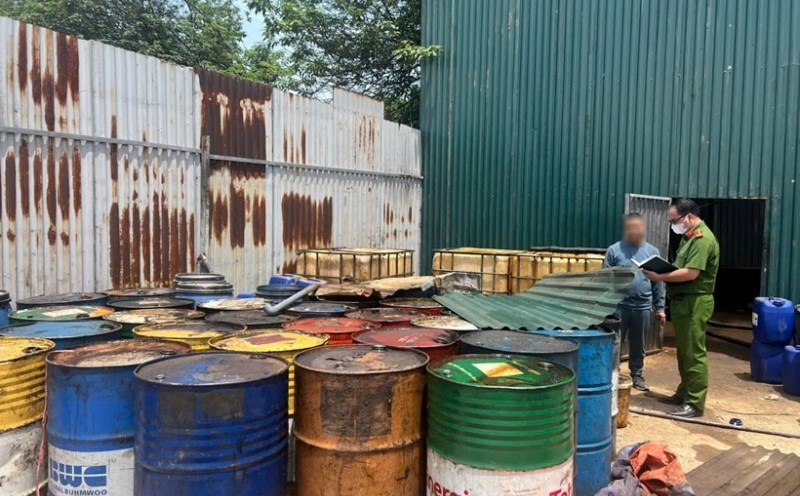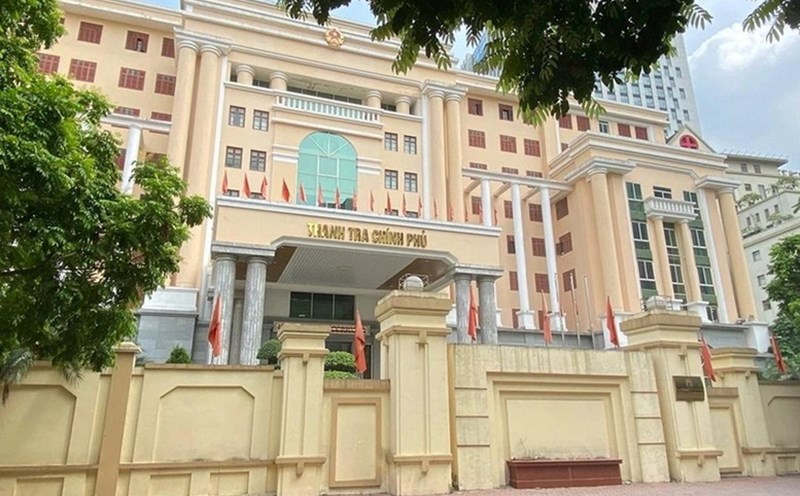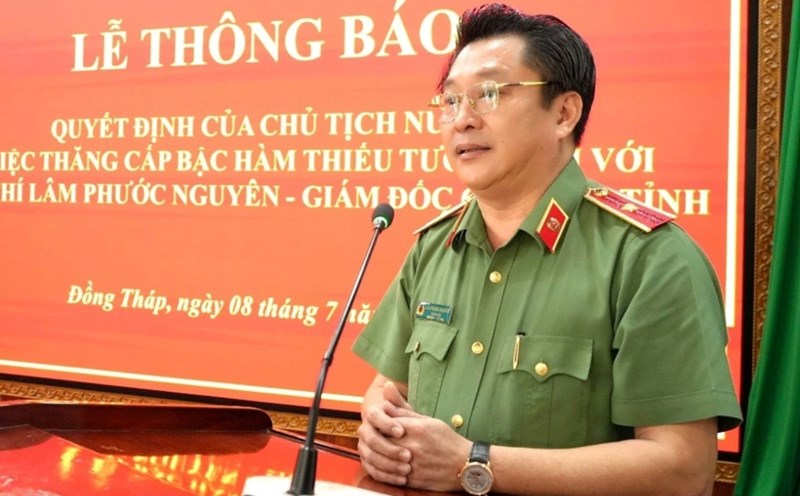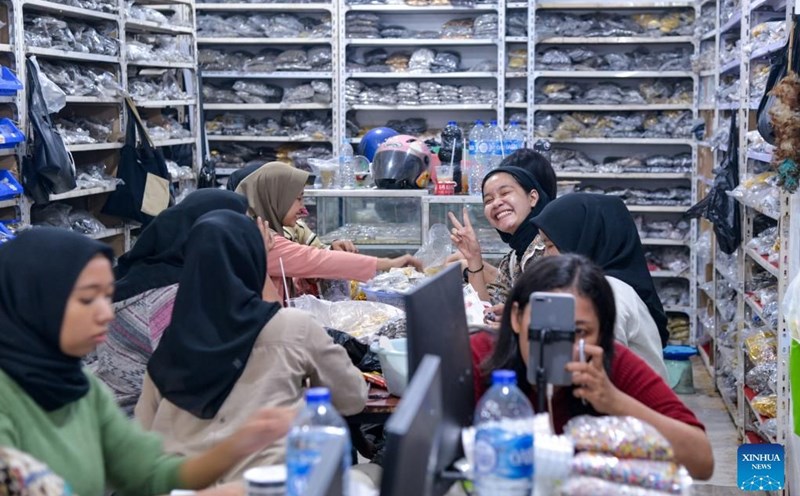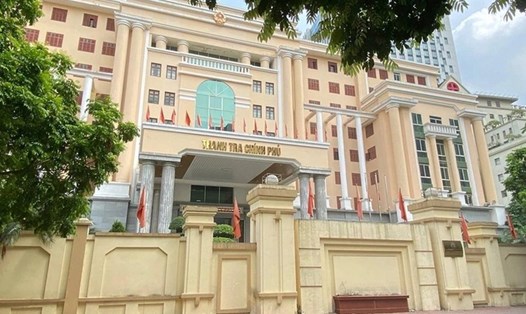On the afternoon of July 15, the Government Portal organized a seminar on "Determination to protect the environment and protect the health of the people of the capital".
At the seminar, Mr. Duong Duc Tuan - Vice Chairman of Hanoi People's Committee - informed about Hanoi's implementation plan to soon put the provisions of the Capital Law into practice.
According to Mr. Duong Duc Tuan, implementing the 2024 Capital Law of the National Assembly, at the end of 2024, the city will issue a resolution regulating low-emission zones and also determine processes and regulations related to establishing low-emission zones.
At that time, it was mainly related to some facilities that were districts that previously piloted low-emission zones such as Ba Dinh and Hoan Kiem districts. According to Directive No. 20/CT-TTg dated July 12, 2025 as well as the Capital Law, Hanoi City will reorganize this content.
According to the roadmap, in the third quarter of 2025, Hanoi will standardize the low-emission zone system. Accordingly, it is necessary to control according to the following belts: Ring Road 1, Ring Road 2, Ring Road 3.
The Vice Chairman of Hanoi gave an example of Ring Road 1, previously there were 5 districts: Ba Dinh, Hoan Kiem, Hai Ba Trung, Dong Da and Tay Ho.
After arranging administrative units and implementing the 2-level local government model, 5 districts will form 9 wards. All 9 wards are controlled in the Ring Road 1 area.
This belt has a scale of about 31 km2, population of about 600,000 people. This is definitely a low-emission zone that is strictly controlled.
And then the city will expand to Ring Road 2, Ring Road 3, in line with Directive 20. That is to implement the Capital Law and then determine the low emission zone to synchronously regulate the contents related to emission factors, especially comprehensive and complete control of personal vehicles to create a low emission zone.
However, all emission sources are strictly controlled, including industrial production, even straw burning and crab burning. Previously, Hanoi City also used to use honeycomb coal, but today it has completely treated 100% of honeycomb coal.
With the content of environmental pollution caused by waste, environmental sanitation, environmental pollution from toxic solid waste, environmental pollution of rivers, lakes... are all causes and will have to be handled.
According to the leader of Hanoi City, vehicles are a source of emissions that cause air pollution from about 54% to 75%.
"We have an average of about 60%. There must be regulations and standards for controlling used vehicles, then emission conditions according to each threshold. This is a task along with regulations, standards, and criteria determined in the process of building low-emission zones to prevent pollution," Mr. Duong Duc Tuan informed.
Directive No. 20/CT-TTg requires Hanoi to resolutely implement urgent issues such as: Developing and announcing a project on low-emission zones; focusing on developing a multi-modal public transport network, covering widely on routes, connecting key areas, charging station systems, services for vehicles using clean energy, prioritizing the use of electric buses and electric trains.
At the same time, develop policies to encourage and support people to convert from fossil fuel vehicles to clean energy vehicles or public transport vehicles...

